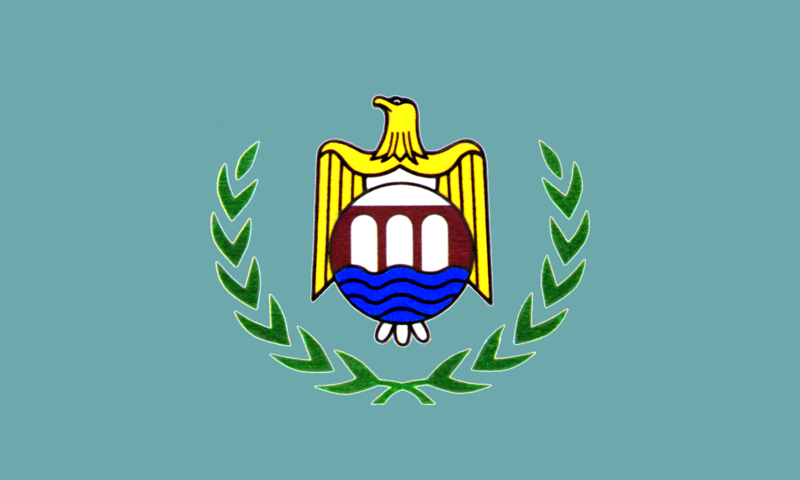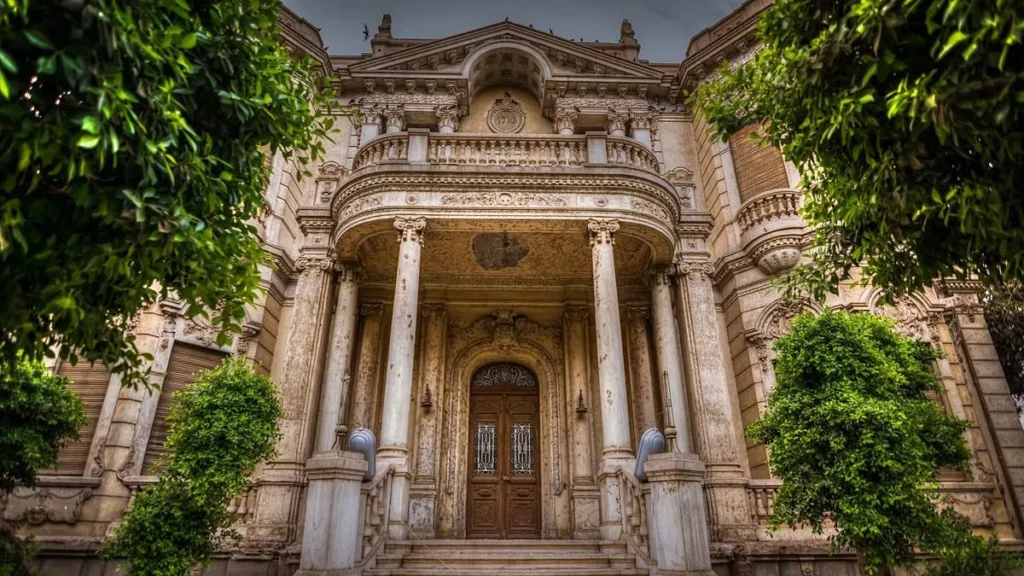Asyut
WELCOME TO Asyut
Province Overview
Asyut City
10,051 km2
4.5 million
Arabic

Popular
Geography and Tourist Attractions
Information about the province's tourist attractions, including popular destinations, events, and activities.

Asyut Dam

Gebel Al-Haridi

Al-Minya Monastery
Political
Economy and Government
Asyut, a province in Egypt, has an economy primarily driven by agriculture, industry, and services. Agriculture plays a crucial role, with the fertile lands along the Nile River supporting the cultivation of crops such as cotton, wheat, corn, and sugarcane. The province is also known for its dairy and poultry production.
In terms of industry, Asyut has a diverse manufacturing sector, including textiles, cement, and food processing. These industries provide employment opportunities and contribute to the province's economic growth. Additionally, Asyut has a growing services sector, with the development of infrastructure, education, healthcare, and tourism playing vital roles.
The government of Asyut province works to promote economic development and improve the quality of life for its residents. It invests in infrastructure projects, including road networks, electricity, and water supply systems, to support industrial and agricultural activities. The government also focuses on improving education and healthcare services, ensuring access to quality education and healthcare facilities.
Efforts are being made to promote tourism in Asyut, showcasing its rich cultural heritage, historical sites, and natural attractions. The government encourages investments in the tourism sector to generate revenue and create employment opportunities.
Overall, the economy and government of Asyut province work in tandem to foster economic growth, enhance infrastructure, and provide essential services to improve the well-being of its residents.

History
History and Culture
Asyut province in Egypt has a rich history and vibrant cultural heritage that spans several millennia. It served as a significant center during ancient times, with evidence of human settlement dating back to the prehistoric era. The province played a prominent role in ancient Egypt and was known as "Sawet" during the Pharaonic period.
Throughout history, Asyut has been a melting pot of different civilizations, witnessing the influence of ancient Egyptians, Greeks, Romans, Copts, and Arabs. This diverse heritage is reflected in the province's architecture, art, and religious traditions.
Asyut is home to numerous historical landmarks and archaeological sites. The Meir archaeological site showcases impressive ruins from the Pharaonic era, including temples, tombs, and intricate reliefs. The region is also renowned for its ancient monasteries, such as Deir Al-Muharraq and Deir Abu Hinnis, which offer glimpses into Egypt's Christian heritage.
The province celebrates various cultural festivals, including the Sham el-Nessim festival, a springtime celebration with roots in ancient Egyptian traditions. Asyut is known for its traditional crafts, such as weaving and pottery, which are passed down through generations, preserving the local culture.
The vibrant cultural scene of Asyut includes music, dance, and folklore, with performances that showcase the region's distinctive heritage. Traditional costumes, folklore songs, and storytelling continue to be cherished aspects of the local culture.
Asyut province stands as a testament to Egypt's rich history and cultural legacy, with its ancient ruins, religious sites, and vibrant traditions captivating visitors and providing a deeper understanding of the region's historical and cultural significance.
HOTELS

Asyut Hotel

Nile Valley Hotel

El-Hosary Hotel
RESTAURANTS

Al-Masryeen Restaurant

El-Tabia Restaurant

